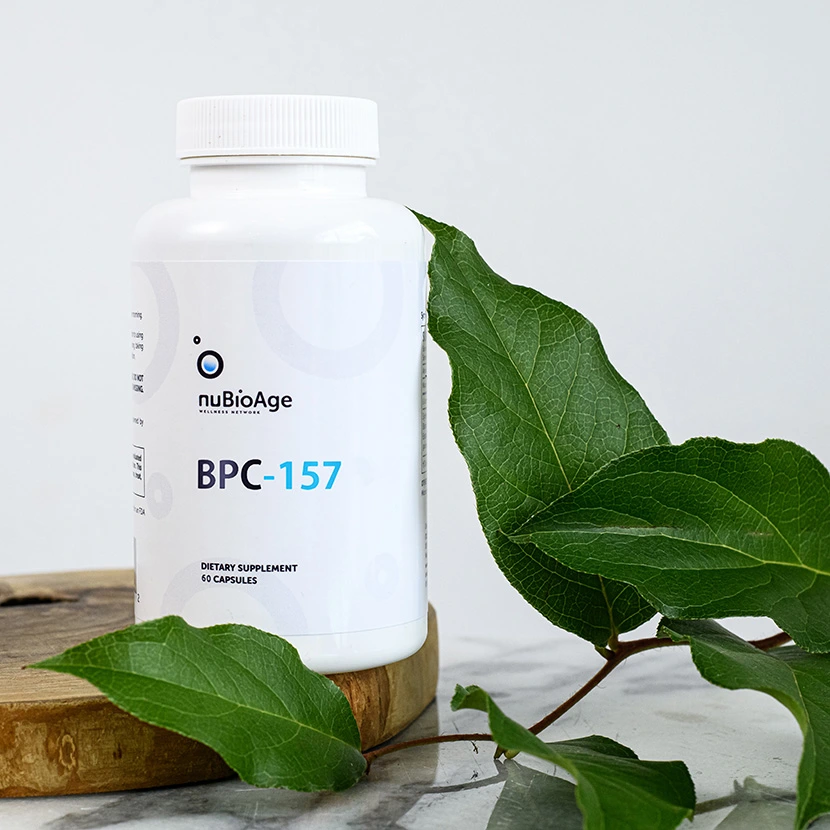
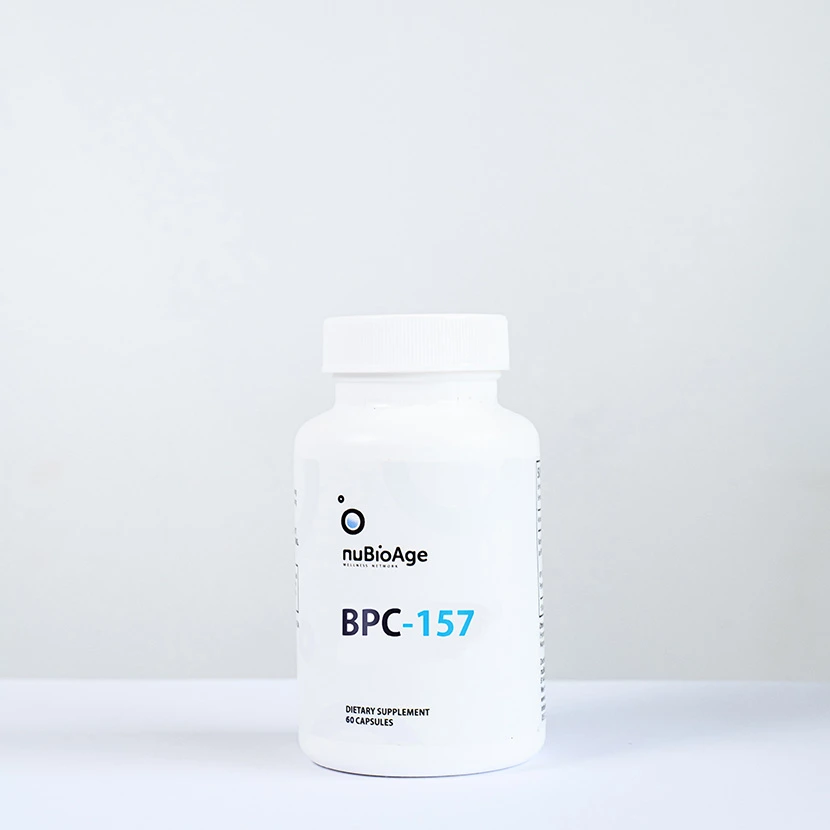
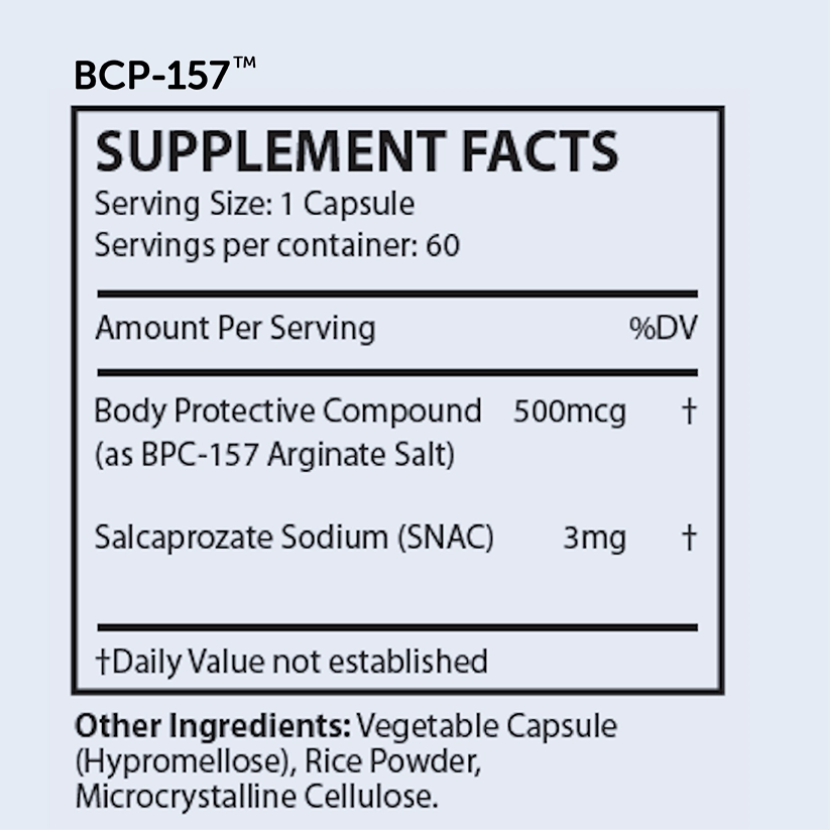
BPC-157, a peptide that is renowned for its healing properties, particularly in accelerating the repair of tendons, muscles, nerves, and ligaments. It exhibits anti-inflammatory effects that help reduce swelling and pain, aiding in quicker and more comfortable recovery.
Additionally, its potential neuroprotective and gut health benefits contribute indirectly to overall well-being and recovery processes.
Please log-in to view wholesale pricing.
Sign In to View Pricing
Sign In to View Details
Sign In to View Supplement Facts

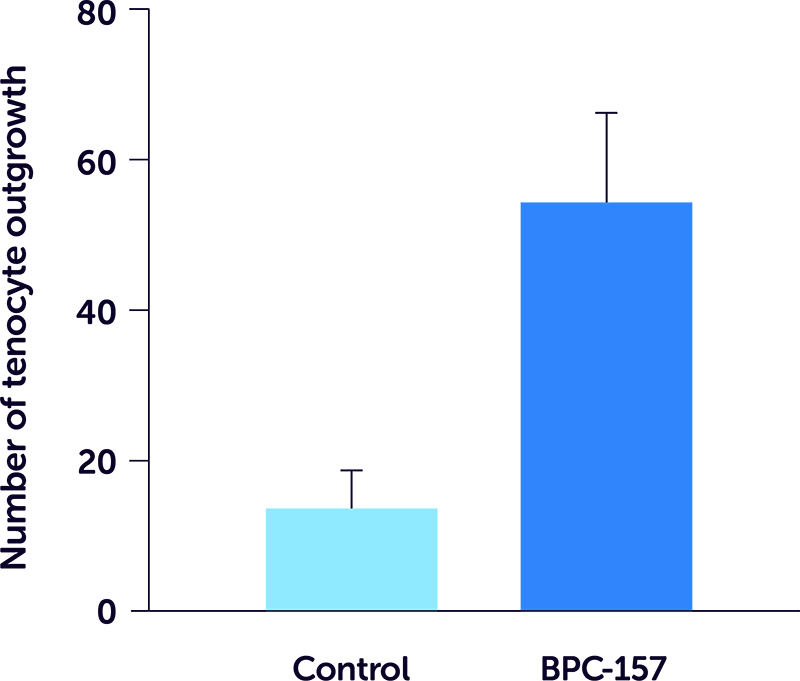
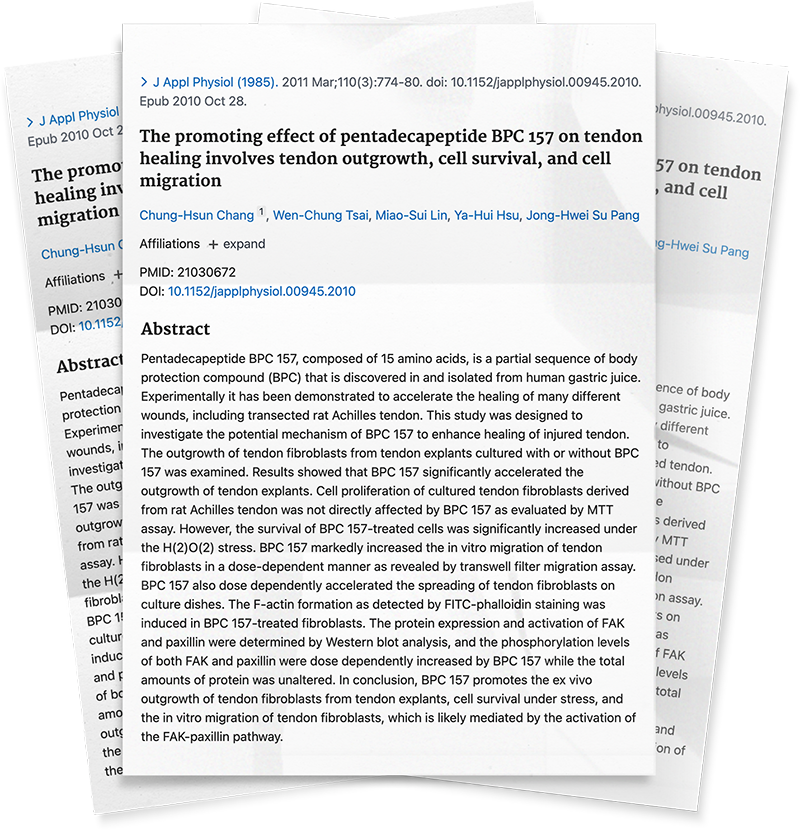
These statements have not been evaluated by the Food and Drug Administration. The products and information on this website are not intended to diagnose, treat, cure or prevent any disease. The information on this site is for educational purposes only and should not be considered medical advice. Please speak with an appropriate healthcare professional when evaluating any wellness-related therapy.
